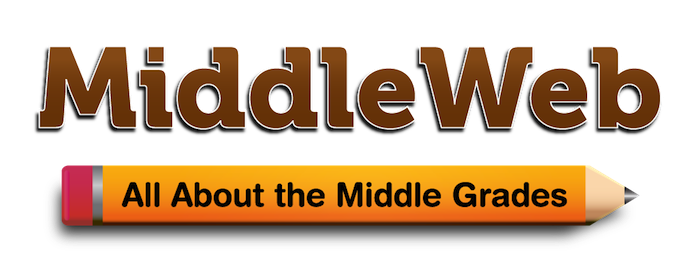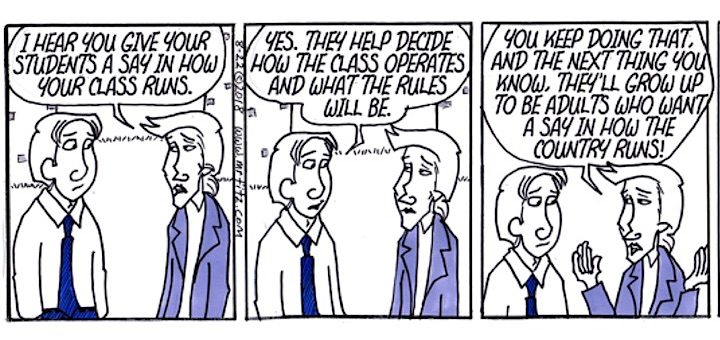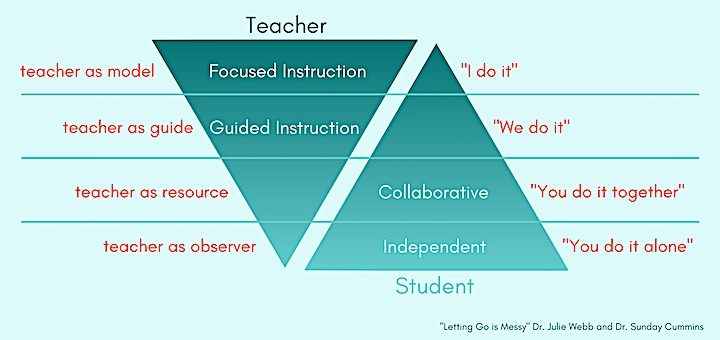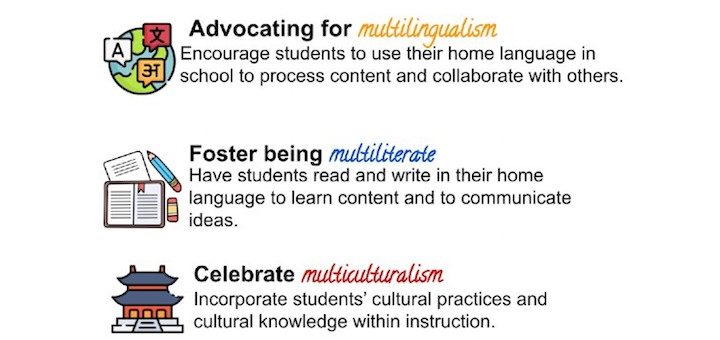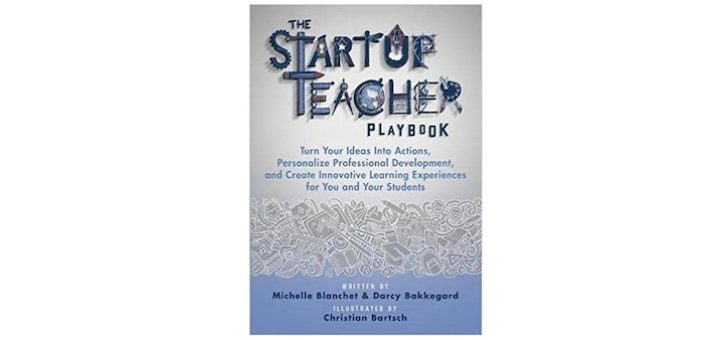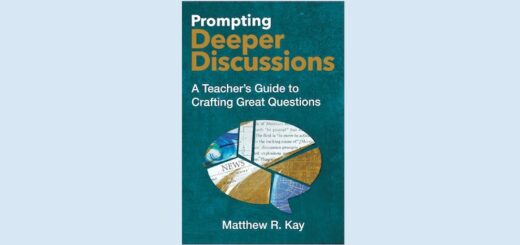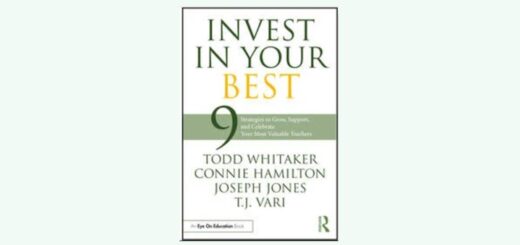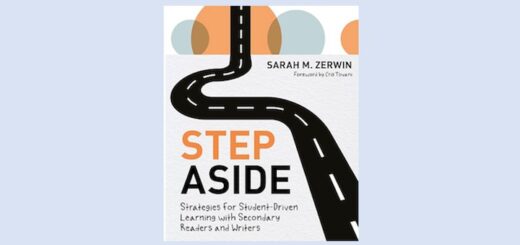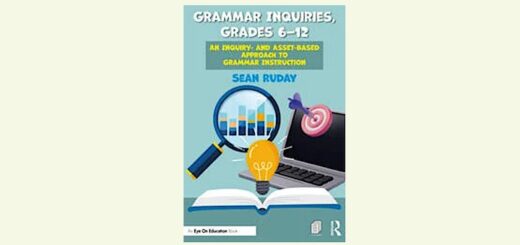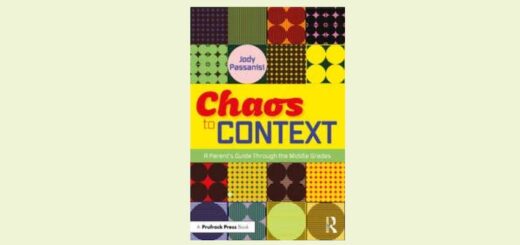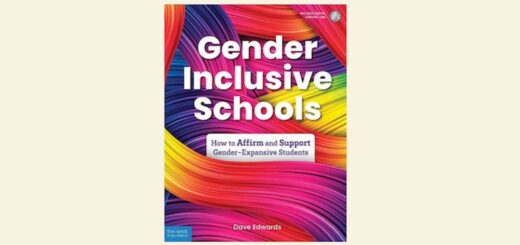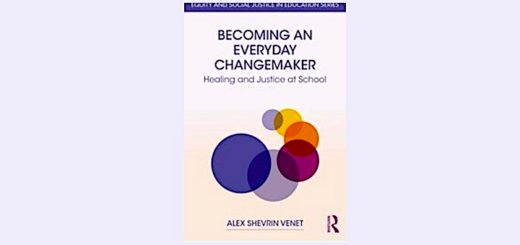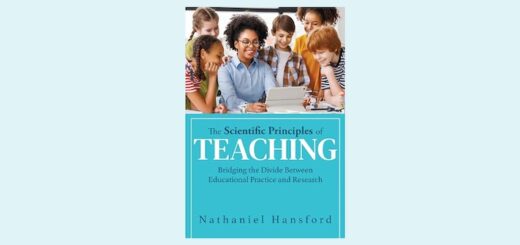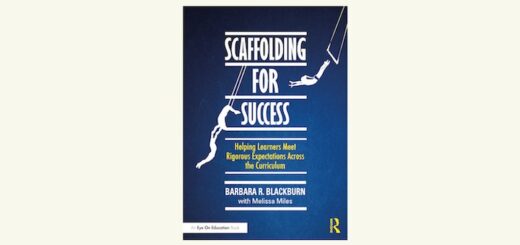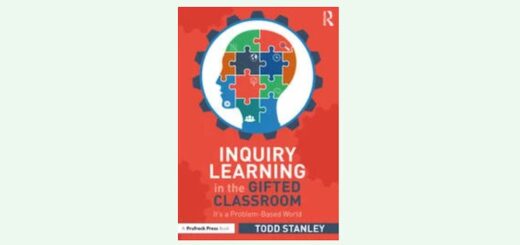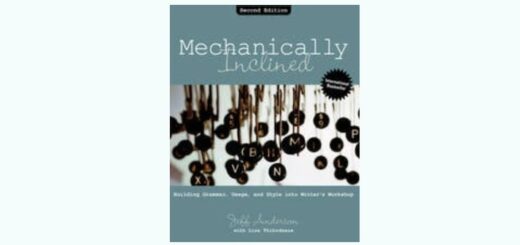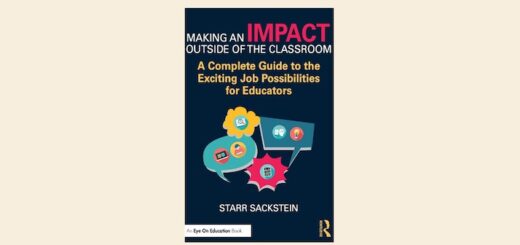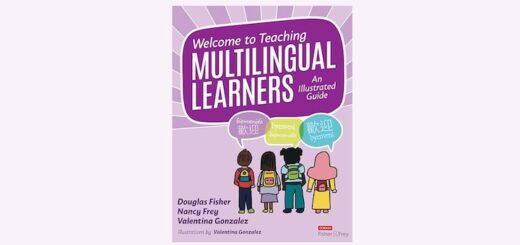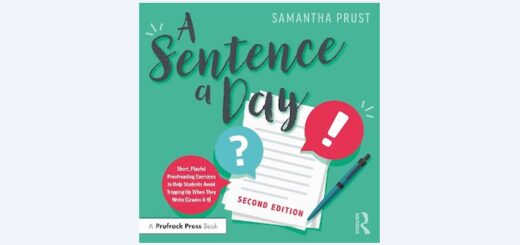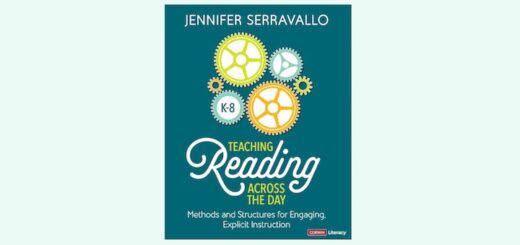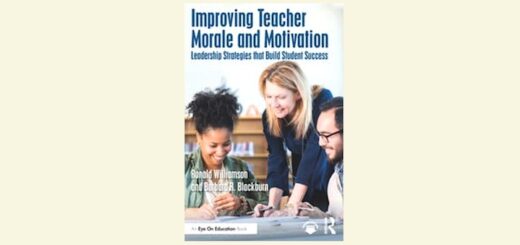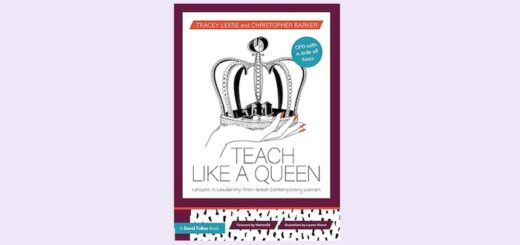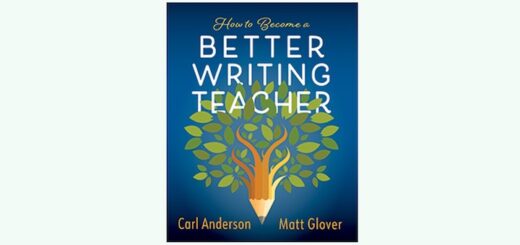Teaching and learning in grades 4-8
What does instructional rigor look like in the middle school classroom? Teaching consultant and bestselling author Barbara Blackburn offers examples of lessons that reach for the top of Bloom’s and DoK – in social studies, math, electives, the arts, English/ELA, and science.
In The Edupreneur’s Side Hustle Handbook Lisa Dunnigan, Tosha Wright and eight other educators relate how they’ve followed their passions, traveled a more challenging path, and developed profitable side gigs with success. Laura Von Staden recommends this easy-to-use book.
Award-winning social studies teacher Ron Litz shares some of the ways he makes student voice a top priority in his history classroom – using teaching strategies that focus on engaging students with the past and allow them to demonstrate their learning in a variety of formats.
“My collaborative approach to discipline may sound too good to be true. But it’s still working, eight years into the experiment,” writes David Finkle. “Some classes respond immediately; some need time to adjust to the paradigm shift. But in the end, it nearly always works.”
Most students at Laurie Lichtenstein’s middle school were F2F all year, but masked and isolated in small classroom pods as teachers moved about. It was hard, but as time passed teachers found ways to reduce isolation, build community, and let kids have lots of time to play.
“Text Sets in Action” provides expert guidance for any teacher interested in using this engaging strategy to deepen learning. The authors define “texts” broadly and provide advice and examples across the core content areas, writes teacher educator Dr. Sarah Pennington.
Sunday Cummins and Julie Webb lay out the established roles teachers play in the Gradual Release of Responsibility classroom and then look into the complexity of GRR as teachers do a lot behind the scenes to manage the process, adjusting to students’ needs in real time.
Using rough drafts and revision in middle school math class can reduce anxiety and boost math learning. Kathleen Taylor and Amanda Jansen relate an action research project aimed at shifting lessons from a process of task completion to one of continuous, ongoing learning.
Drawing on a conversation with Dr. Brandon Beck, language specialist and co-teacher Tan Huynh highlights the roles monolingual educators have in advocating for multilingualism, fostering being multiliterate, and celebrating multiculturalism to support language learners.
Michelle Blanchet and Darcy Bakkegard offer teachers ways to turn ideas into actions, personalize professional development, and create innovative learning experiences for themselves and their students. Reviewer Linda Biondi highly recommends the book.
